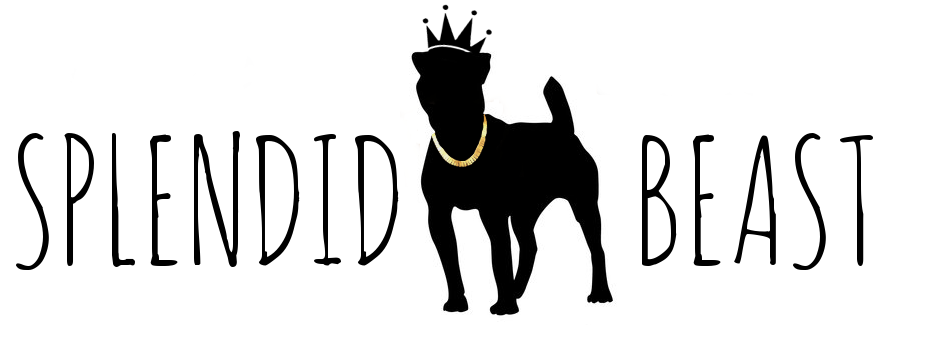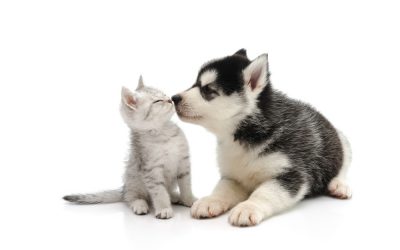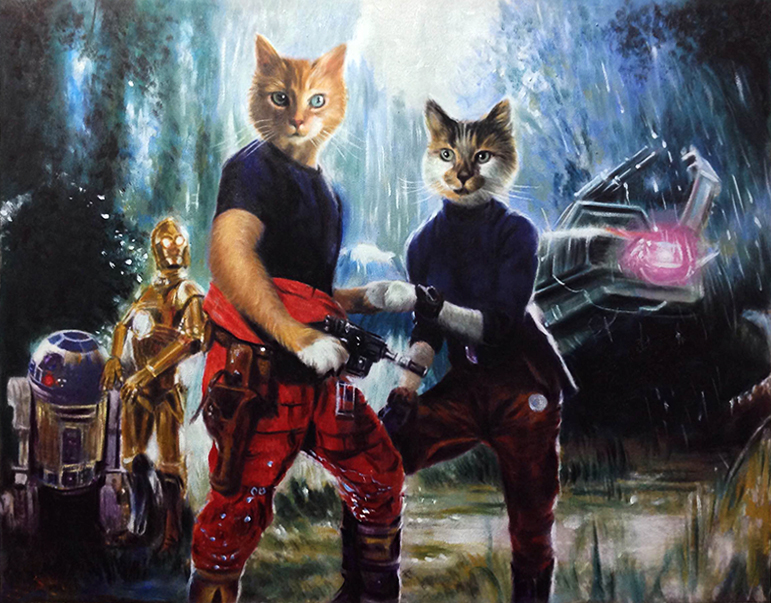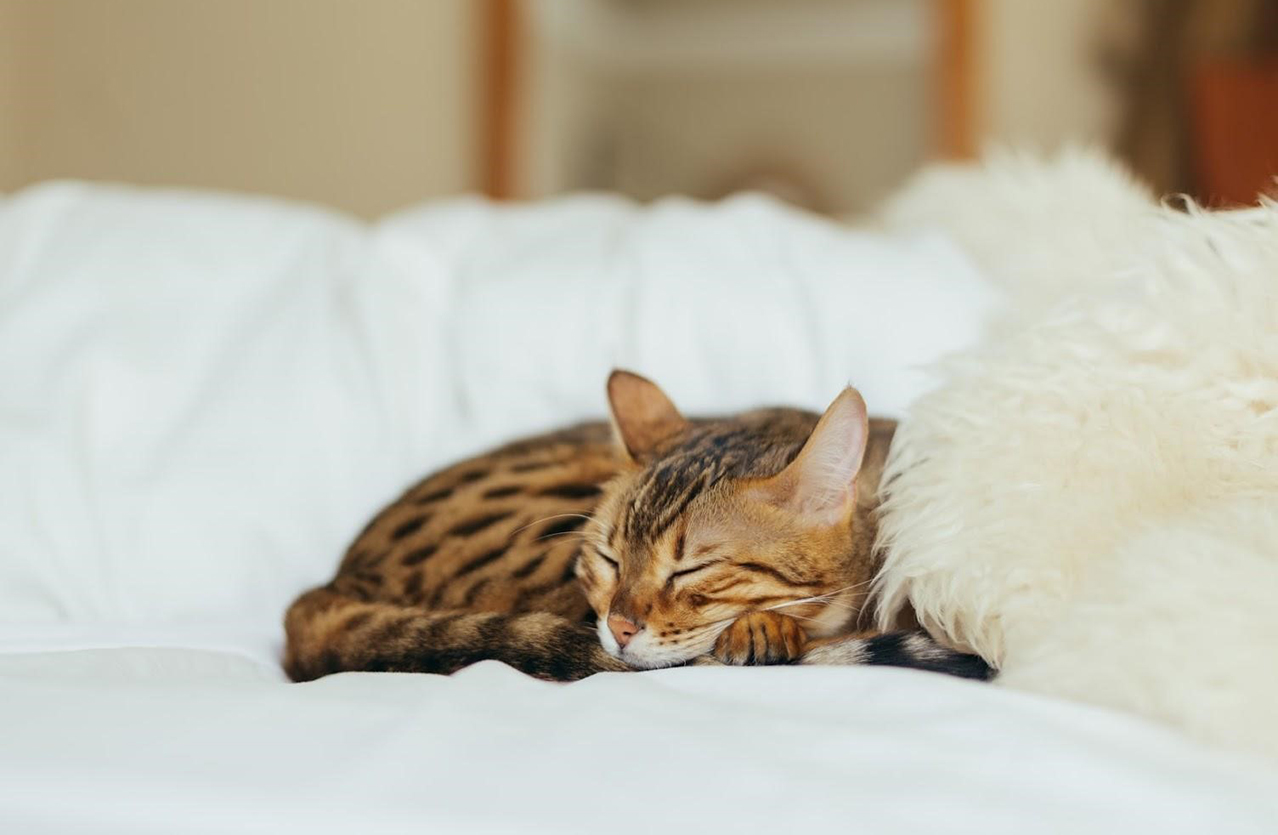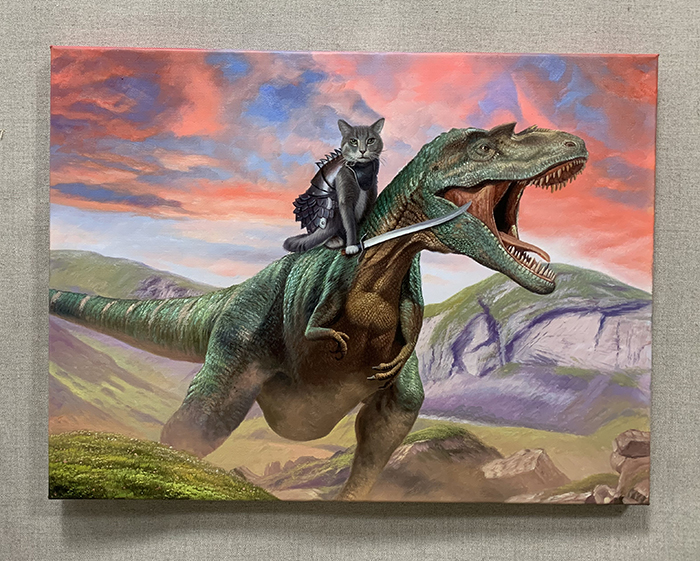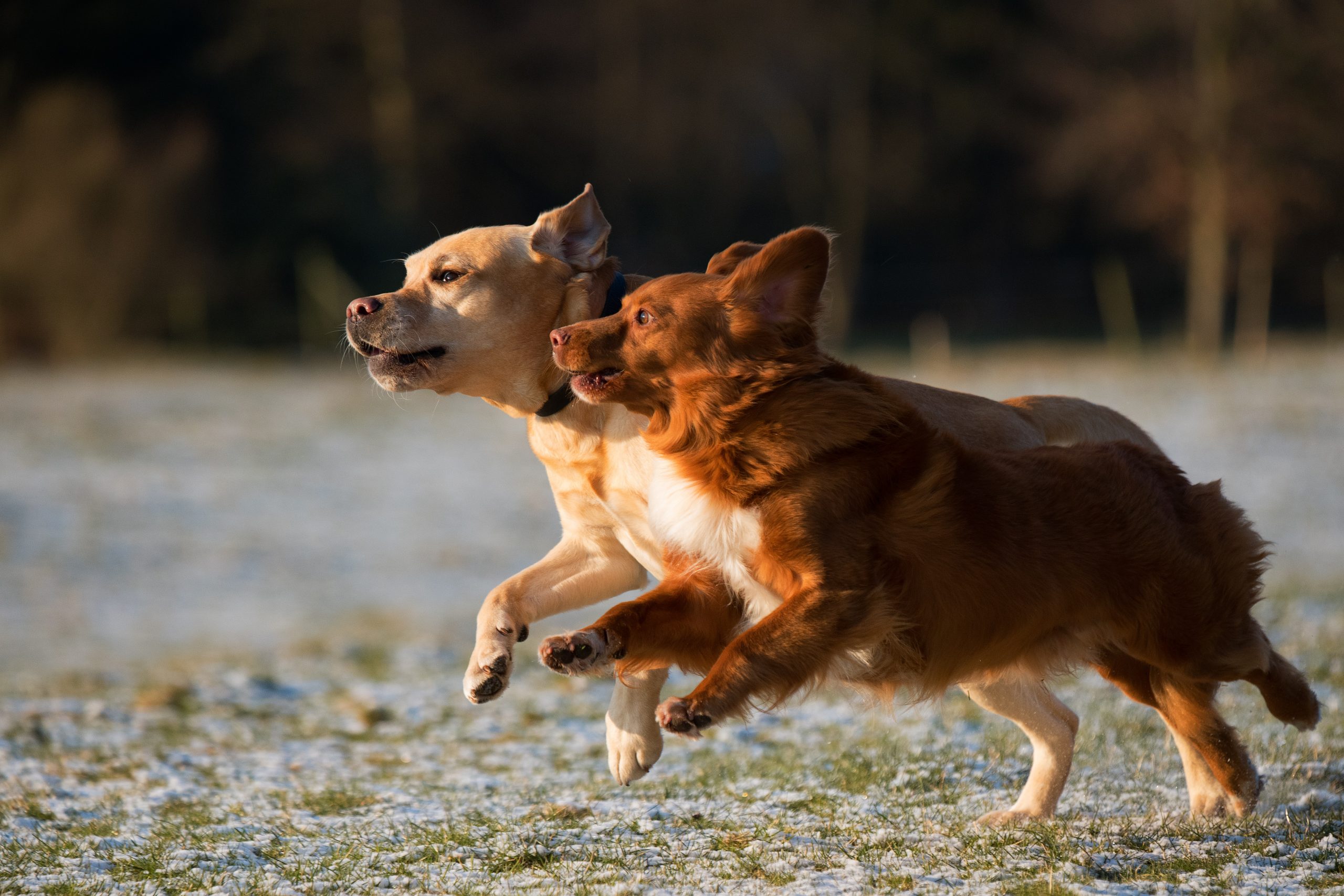Since Siberian huskies are very sociable and adorable, some pet owners wonder, do huskies get along with cats? Maybe you already have a husky and are trying...
The Pet Care Business Industry and How You Can Break Into it!
The pet care industry is a billion-dollar industry nowadays. It’s little wonder why, many pet owners count their furry friends as just another member of...
How to Tell if Your Dog is Healthy
Dogs are our best friends. Their unconditional love, unwavering support, and the joy they bring us make them wonderful companions. However, it is our duty to...
How Long Do House Cats Live? 🐈
The lifespan of house cats varies from outdoor breeds. Have you ever asked yourself, ‘How long do house cats live?’ Well, there are many answers to this...
Best Wireless Dog Fence for Large Dogs 🐕
Large dogs can fend for themselves in many ways smaller pups can’t. However, even larger dogs that are allowed to roam free face perils, including wild animal...
How to Improve Your Dog’s Coat and Skin
Happy Skin, Happy Coat, Happy DogSee these tips on how to improve your dog’s coat and skin. You feed one end, pick up after the other end, and pet, tickle,...
How to Keep Dogs Off the Couch 🛋️
Many pet owners allow their dogs to hop on the furniture without thinking twice about it. However, if you don’t keep dogs off the couch, your pooch can...
Star Wars Paintings
A long time ago, in a galaxy far, far away… the fate of the galaxy rested in the paws of these splendid pets. Here you can see some of our favorite Star...
Common Cat Sleeping Positions & What They Mean
If you are a pet parent and share a home with cute felines, you know firsthand about the weird and wacky sleeping positions they do. The various different cat...
The Most Splendid Beasts of 2021
A gigantic thank you to all of our customers over the past year. Covid has affected everyone and we really appreciate those who were able to make a commission...
Horse Paintings
Horse PaintingsHorse paintings actually weren’t something that came about until several years after the creation of Splendid Beast. Since then however,...
How Fast Can Dogs Run?
How Fast Can Dogs Run? Here Is Everything You Need To Know About A Dog’s Speed You must have seen a dog run with their tails wagging and their tongues hanging...

